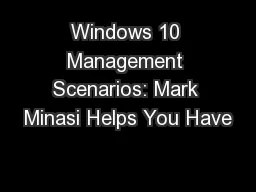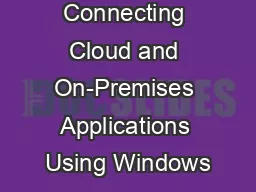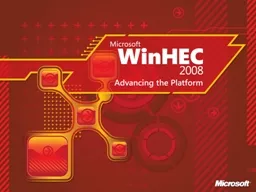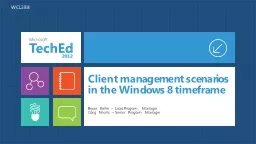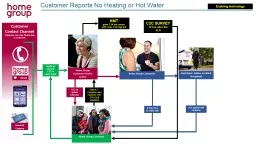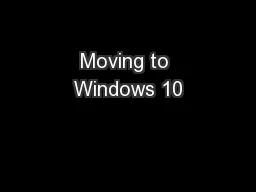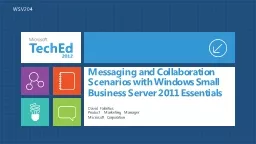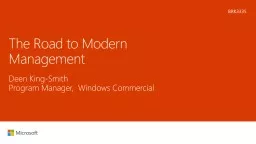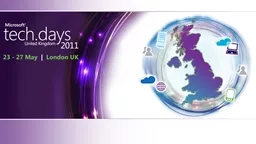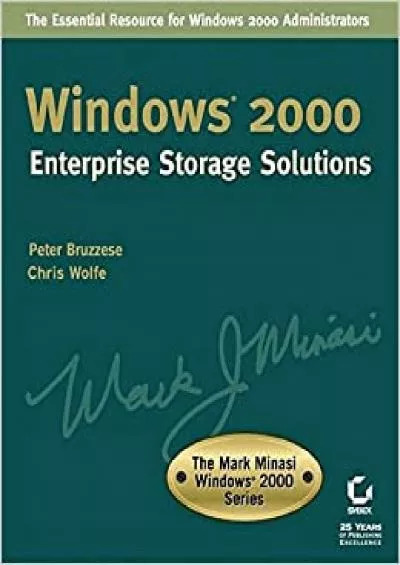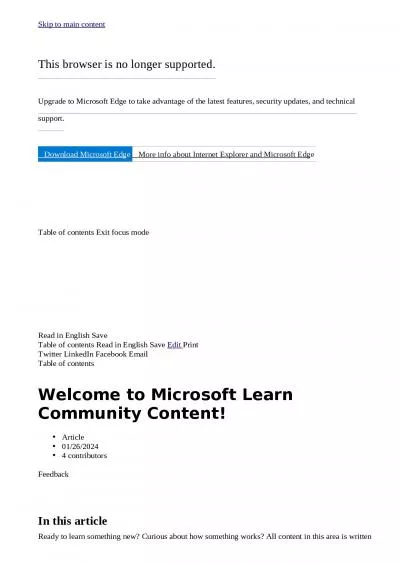PPT-Windows 10 Management Scenarios: Mark Minasi Helps You Have
Author : aaron | Published Date : 2017-06-10
Mark Minasi Writer Speaker Consultant helpminasicom Twitter mminasi join my newsletter at wwwminasicom Windows 10 Azure AD and the like offer us a lot of options
Presentation Embed Code
Download Presentation
Download Presentation The PPT/PDF document "Windows 10 Management Scenarios: Mark Mi..." is the property of its rightful owner. Permission is granted to download and print the materials on this website for personal, non-commercial use only, and to display it on your personal computer provided you do not modify the materials and that you retain all copyright notices contained in the materials. By downloading content from our website, you accept the terms of this agreement.
Windows 10 Management Scenarios: Mark Minasi Helps You Have: Transcript
Download Rules Of Document
"Windows 10 Management Scenarios: Mark Minasi Helps You Have"The content belongs to its owner. You may download and print it for personal use, without modification, and keep all copyright notices. By downloading, you agree to these terms.
Related Documents

